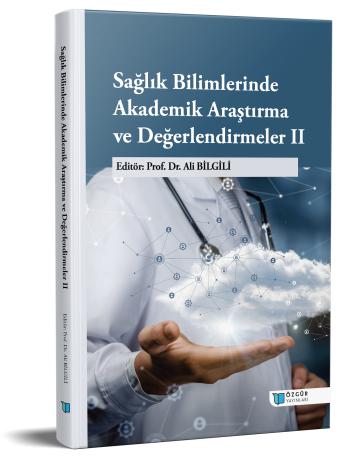
İntraoperatif Sıvı Tedavisinde Güncel Yaklaşım
Şu kitabın bölümü:
Bilgili,
A.
(ed.)
2024.
Sağlık Bilimlerinde Akademik Araştırma ve Değerlendirmeler II.
Özet
İntraoperatif sıvı tedavisi, cerrahi sırasında hastaların hemodinamik stabilitesini sağlamak ve organ perfüzyonunu optimize etmek için kritik öneme sahiptir. Kullanılan sıvılar arasında kristalloidler, kolloidler ve kan ürünleri yer alır. Tedavi stratejileri, hastanın cerrahi türü ve fizyolojik durumuna göre bireyselleştirilmelidir. Modern yaklaşımlar, sıvı yönetimini hedefe yönelik tedavi (Goal-Directed Therapy, GDT) veya standart protokoller çerçevesinde ele alır. Kristalloidler, genellikle ilk tercih edilen sıvılardır ve minimal yan etkilere sahiptir. Kolloidler, özellikle hızlı volüm genişletmesi gereken durumlarda kullanılır ancak yan etkileri nedeniyle dikkatli uygulanmalıdır. Masif kan kaybı durumlarında kan ürünleri ve masif transfüzyon protokolleri (MTP) uygulanır. Sıvı tedavisinin başarısında doğru hesaplama ve monitörizasyon büyük öneme sahiptir. Dinamik parametreler, strok volüm varyasyonu (SVV) ve pulse pressure variation (PPV) gibi ileri monitörizasyon teknikleri sıvı yanıtlılığını değerlendirmede kullanılır. Ayrıca sıvı yönetiminde bireyselleştirme, komplikasyonları azaltmada önemli bir faktördür. Sonuç olarak, intraoperatif sıvı tedavisi, klinik rehberler ve hasta özelliklerine göre planlanmalıdır. Dengeli kristalloidlerin tercih edilmesi, hiperkloremik asidoz riskinin azaltılması ve GDT'nin yaygınlaşması, sıvı tedavisinde yeni standartlar oluşturmaktadır. Bu yaklaşımlar, cerrahi sonuçların iyileştirilmesi ve komplikasyonların azaltılmasında kritik rol oynar.

